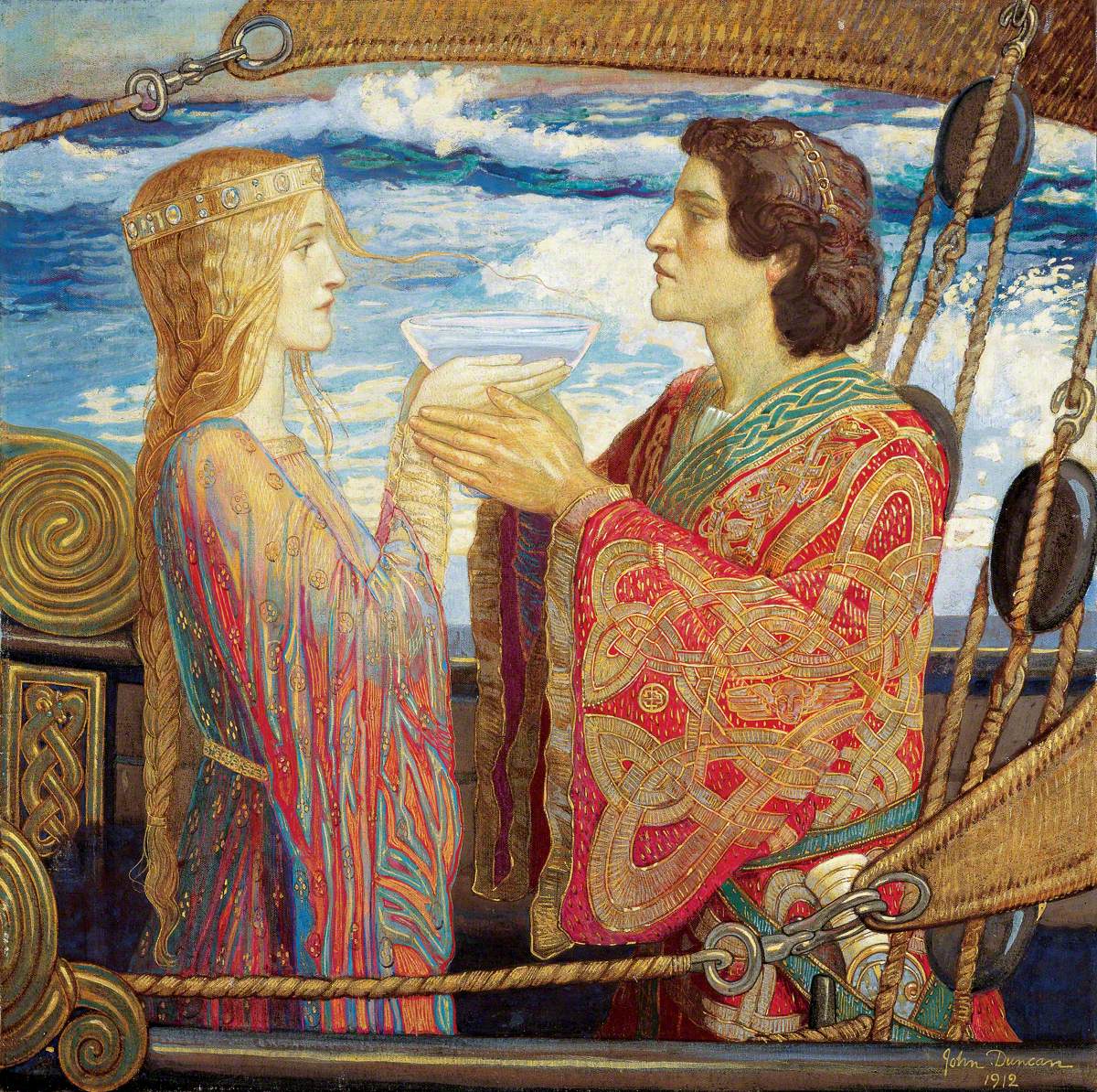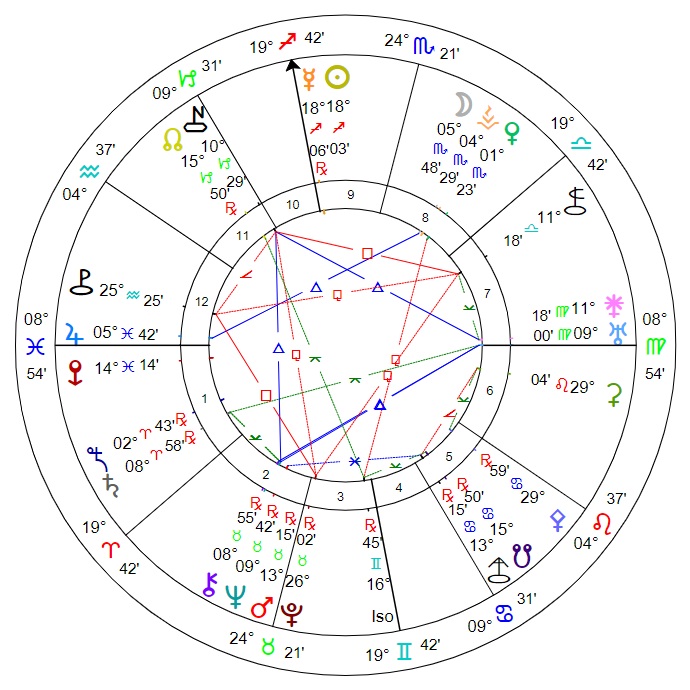Basics
Class: Ch-type asteroid
Location: Outer main belt
Orbit length (approx): 5.32 years
Discovered: 10th December 1879 (time unknown), at the Austrian Naval Observatory (Pola, now Pula, Croatia) by Johann Palisa
Notes: Very large, dark asteroid.
Events at time of discovery:
- December 4 – Birth of Nagai Kafu, Japanese writer
- December 5 – Birth of Clyde Cessna, American aviator, aircraft designer, manufacturer
- December 10 – Birth of E. H. Shepard, English artist, book illustrator
- December 12 – Birth of Laura Hope Crews, American film, stage actress
- December 18 – Birth of Paul Klee, Swiss artist
Naming information
Name origin: Celtic. ‘Possibly’ named for the Irish princess Iseult in Celtic myth, though some other characters bear that name.
Mythology: Iseult is to marry Tristan’s uncle, King Mark of Cornwall, and on the voyage there Tristan and Iseult accidentally drink a love potion meant for the engaged couple, and fall hopelessly in love. The myth has several different versions, with Mark being more or less sympathetic, usually ending in the death of the lovers.
 |
| Tristan and Isolde (1912) by John Duncan. I love this painting’s emphatically Celtic look. |
Astrological data
Discovery degree: 16+ Gemini
Discovery Sabian: The Head of a Robust Youth Changes Into That of a Mature Thinker
Discovery nodal signature: Sagittarius–Gemini
Estimated orbital resonances: Earth 3:16, Mars 2:5, Ceres 6:7, Jupiter 9:4, Saturn 11:2, Chiron 19:2
Discovery chart details: Noon. Isolda was sesquiquadrate Venus and quincunx the North Node. Double Finger of the World involving Pluto and Chariklo; one with Nessus and the other with Pholus, with all bodies interaspecting. Stellium in Taurus. Minor grand trine between Mars, Asbolus and Eris. Chiron-Neptune trine Uranus and semi-sextile Saturn. Saturn quincunx Uranus. Nessus trine Neptune and Juno. Pallas semi-sextile Ceres; Juno semi-sextile Chariklo.
Summary and references
Delineations given so far include gaining “an approximate general idea of another person” on first meeting, which can sometimes be prone to error[1]; love, romantic passion, love triangles or affairs, love at first sight, upheaval, divided loyalties[2]. We might add personal growth through experience, learning a different perspective, finding the good in challenging circumstances, and the engaging joie de vivre that is natural to youth.
References:
1) Amable: (211) Isolda
2) TAKE Astrology: Asteroids in Astrology
 |
| Noon discovery chart for (211) Isolda: 10th December 1879, Pula, Croatia. |
